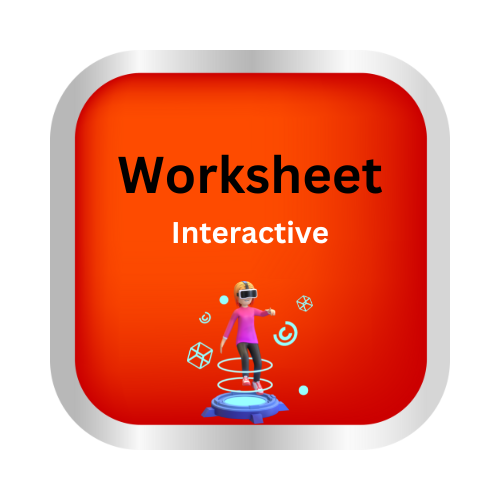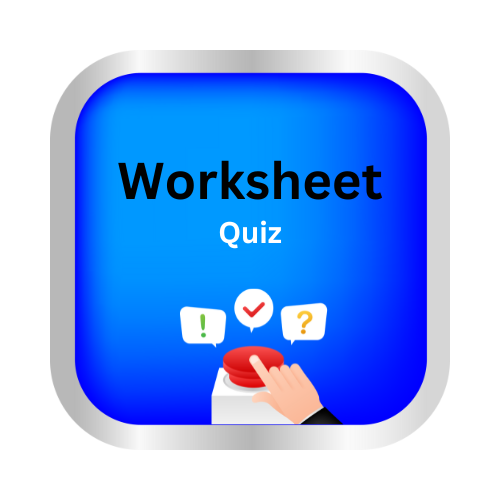Read drama
Understanding Drama:
- Drama is a type of writing that is meant to be performed.
- It includes characters, dialogue, and stage directions.
- Drama can be performed as a play, a skit, or a short scene.
Components of a Drama:
- Characters: People or animals who take part in the drama.
- Dialogue: The words spoken by the characters.
- Stage Directions: Instructions to actors about how to move or speak, often in italics.
- Scenes: Different sections of the drama where events happen.
Reading and Interpreting Drama:
- Focus on who is speaking and their emotions.
- Pay attention to stage directions, which help understand actions and emotions.
- Try to imagine how the characters act or speak as you read.
Understanding the Plot:
- Like a story, drama has a beginning, middle, and end.
- It usually follows a problem and its resolution.
- Pay attention to how characters change or grow throughout the drama.
Themes and Messages:
- Dramas often teach lessons or explore important themes (like friendship, honesty, or bravery).
- Reflect on what the drama is trying to convey about life or human behavior.
Performing Drama:
- After reading, students can practice reading the lines aloud, perhaps with a group.
- Acting out scenes can help understand the emotions and actions of the characters.
Key Vocabulary:
- Learn specific terms such as “scene,” “act,” “character,” “dialogue,” and “stage directions.”
- Understand the difference between dialogue and monologue.
Discussion and Reflection:
- After reading, discuss the characters’ motivations and feelings.
- Consider how the drama’s events would play out if performed on stage.
Let’s practice!

